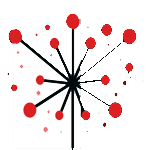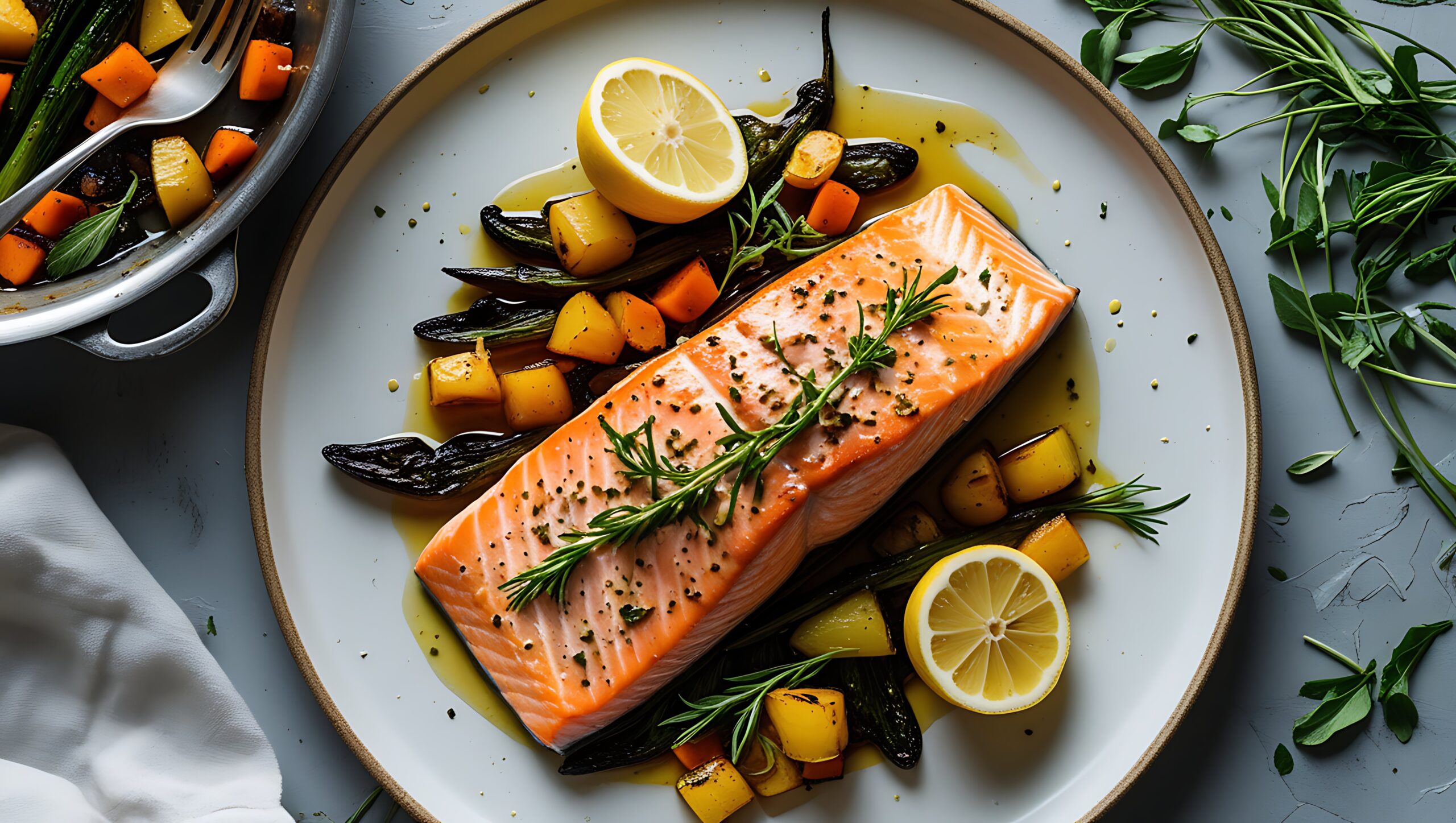How to Build a Healthy, Balanced Diet: Simple Steps to Follow
What is a Balanced Diet?
A balanced diet consists of a variety of different foods in the right proportions to provide the necessary nutrients your body needs. A healthy, balanced diet includes proteins, carbohydrates, healthy fats, fiber, vitamins, and minerals. It helps maintain energy levels, supports growth and repair, and prevents chronic diseases.
The Components of a Balanced Diet
- Proteins: Essential for muscle repair, immune function, and hormone production. Sources include meat, fish, eggs, beans, and legumes.
- Carbohydrates: The body’s primary source of energy. Choose complex carbohydrates from whole grains, fruits, and vegetables.
- Healthy Fats: Necessary for brain function, hormone regulation, and absorption of vitamins. Sources include avocados, nuts, and olive oil.
- Fiber: Aids in digestion and helps prevent heart disease. Found in whole grains, fruits, vegetables, and legumes.
- Vitamins and Minerals: Crucial for the body’s biochemical processes. A varied diet with plenty of fruits and vegetables ensures you get these nutrients.
How to Build Your Balanced Diet
Start by incorporating a variety of foods into your meals. Plan meals with proteins, vegetables, fruits, and whole grains, and be mindful of portion sizes. Reduce your intake of processed foods and added sugars. Hydrate with water and limit sugary drinks.
Conclusion
Building a healthy, balanced diet doesn’t require drastic changes, but a consistent effort to make better food choices. By planning meals, eating mindfully, and balancing your macronutrients and micronutrients, you’ll improve your health, boost energy, and maintain long-term wellness.




